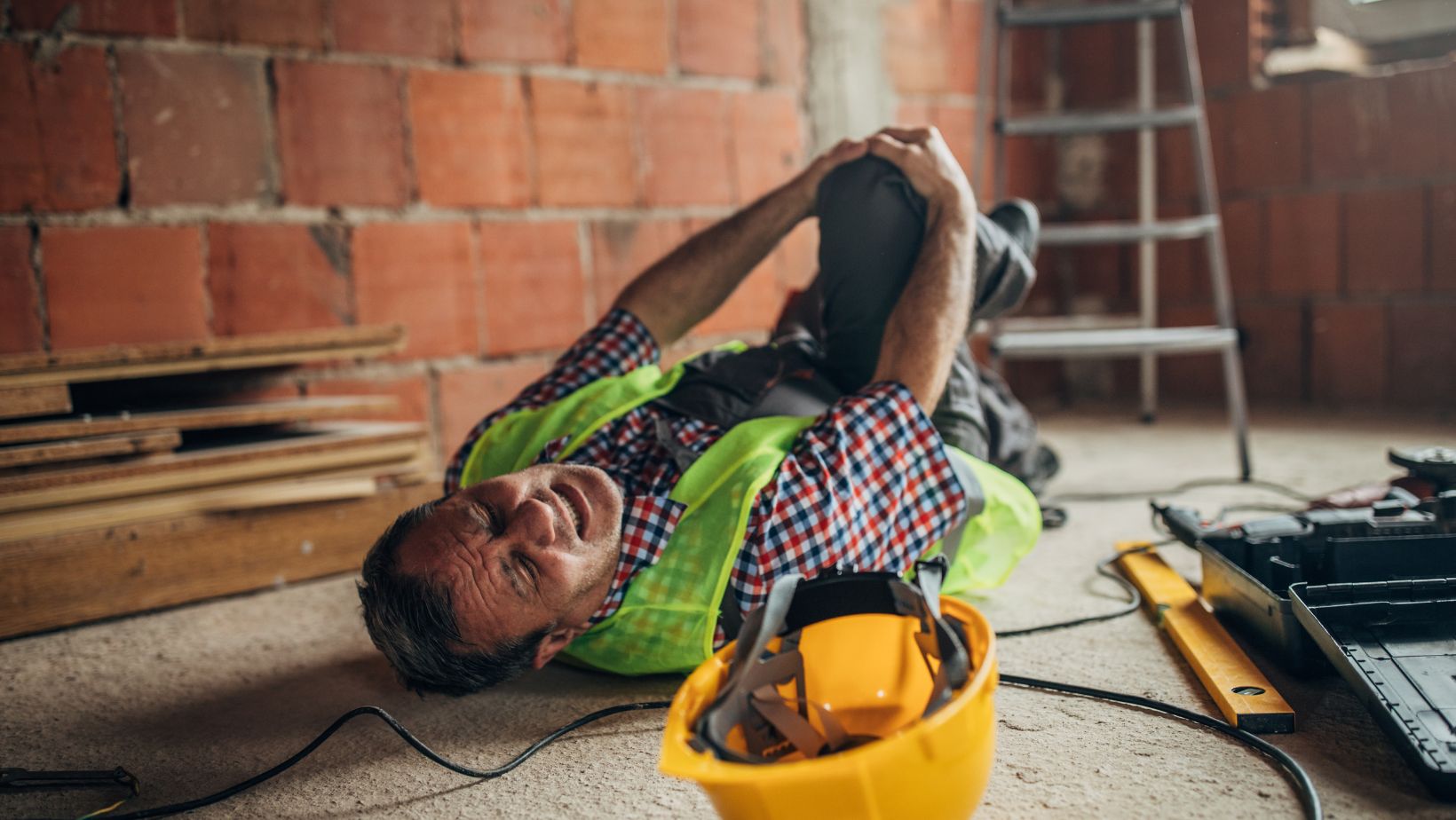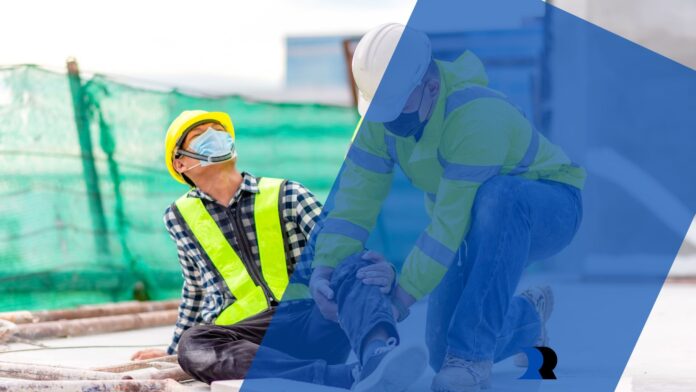Big construction in Dallas moves fast. When a serious incident happens—a fatal fall, a trench collapse, an electrical blast—it doesn’t just hurt people. It stops work, drives up costs, invites fines, and can derail future bids. The best way to protect both people and profit is to treat safety like any other business system: measure what matters, react quickly, and keep improving.
Why Looking Backward Isn’t Enough
Injury rates and recordable incidents tell you what has already happened. They don’t warn you soon enough to prevent the next disaster. What you need are early warning signs—simple, trackable signals that show whether high-risk work is under control before something goes wrong.
Eight Simple Signals to Watch Every Week
- Close calls that could have been fatal. Not every near miss is equal. Track the ones that could have led to death or life-changing injury—falls from height, trench issues, live electrical contact, crane problems. A small uptick here is a loud alarm.
- Did the critical safety step happen? For life-critical tasks, verify the one or two things that keep people alive. Score it pass/fail in the field. Don’t accept “we usually do it.”
- Permits in place before dangerous work starts. Confined space, hot work, energized electrical work—if a permit is required, check that it’s complete and time-stamped before the task begins. Permits signed after the fact are paperwork, not protection.

- Quality of the daily plan. A good pre-task plan says what you’re doing, what could go wrong, how you’ll prevent it, who’s doing what, and what to do in an emergency. Vague plans predict real problems.
- Fatigue and schedule pressure. Track overtime by crew and watch for sudden schedule accelerations. Tired people make mistakes, and rushed milestones push teams to skip checks.
- Supervisor bandwidth. If one foreman is covering too many crews or too many high-risk activities at once, verification slips. Keep spans of control realistic so leaders can actually lead.
- Speed of fixing serious hazards. Don’t just count safety observations. Measure how fast the big ones get closed. Aim to fix serious hazards within 24 hours and hold people accountable.
- Real use of stop-work authority. If no one ever pauses work, either the site is perfect (unlikely) or people don’t feel safe speaking up. Celebrate real stop-work moments and the quick fixes that follow.
Make a Clear, Useful Dashboard
Turn those signals into a simple index from 0–100. Weight the most important items—critical-step verification, serious close calls, and fast hazard fixes—more heavily. Show the trend over the past three weeks so you can see direction, not just today’s number. Color bands help: green (steady), yellow (watch closely), red (send help now).
Tie the index to actions you will take:
- Index in the yellow: add a roaming safety lead, slow nonessential overtime, and review daily plans on the spot.
- Any critical step below 90%: stop that class of work until the control is restored and verified.
- Serious hazards open >24 hours: superintendent signs each one by the end of the shift.
Post the dashboard in the trailer. Review it in pull-plan or coordination meetings.
If leaders don’t talk about it, crews won’t act on it.
Keep the Basics Tight on Electrical & Other High-Risk Work
Some details save lives without getting overly technical:
- De-energize whenever you can. If you must work near live power, use the right protective gear and tools, and test equipment properly.
- For confined spaces, trenches, lifts, and other high-energy tasks, slow down long enough to check the single point of failure—the one miss that turns a tough day into a tragedy.
- Make emergency basics easy: clear access for EMS, marked eyewash and burn kits, and everyone knows who calls 911.
If the Worst Happens
Even with strong systems, tragedies can occur. Support the people involved, report promptly, and preserve facts so you can learn honestly. Families sometimes consider a wrongful death claim in Dallas to understand their options while the company cooperates with regulators and insurers.
What “Good” Looks Like on Dallas Sites
Leaders who prevent catastrophic loss consistently do a few things: they show up when dashboard trends indicate a problem, they ask crews to demonstrate how controls are in place (not just state they are), and they close serious hazards the same day. Over time, jobs feel calmer, rework drops, and—most importantly—everyone goes home. Start small. Track the eight signals, react quickly, and keep it visible.


